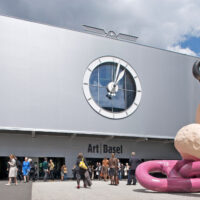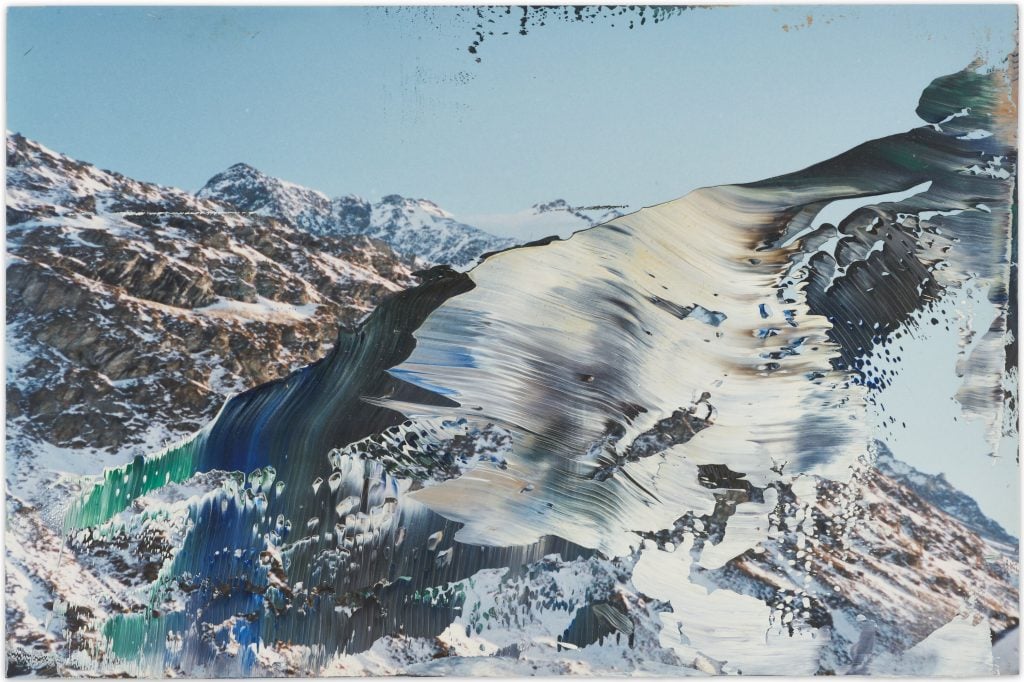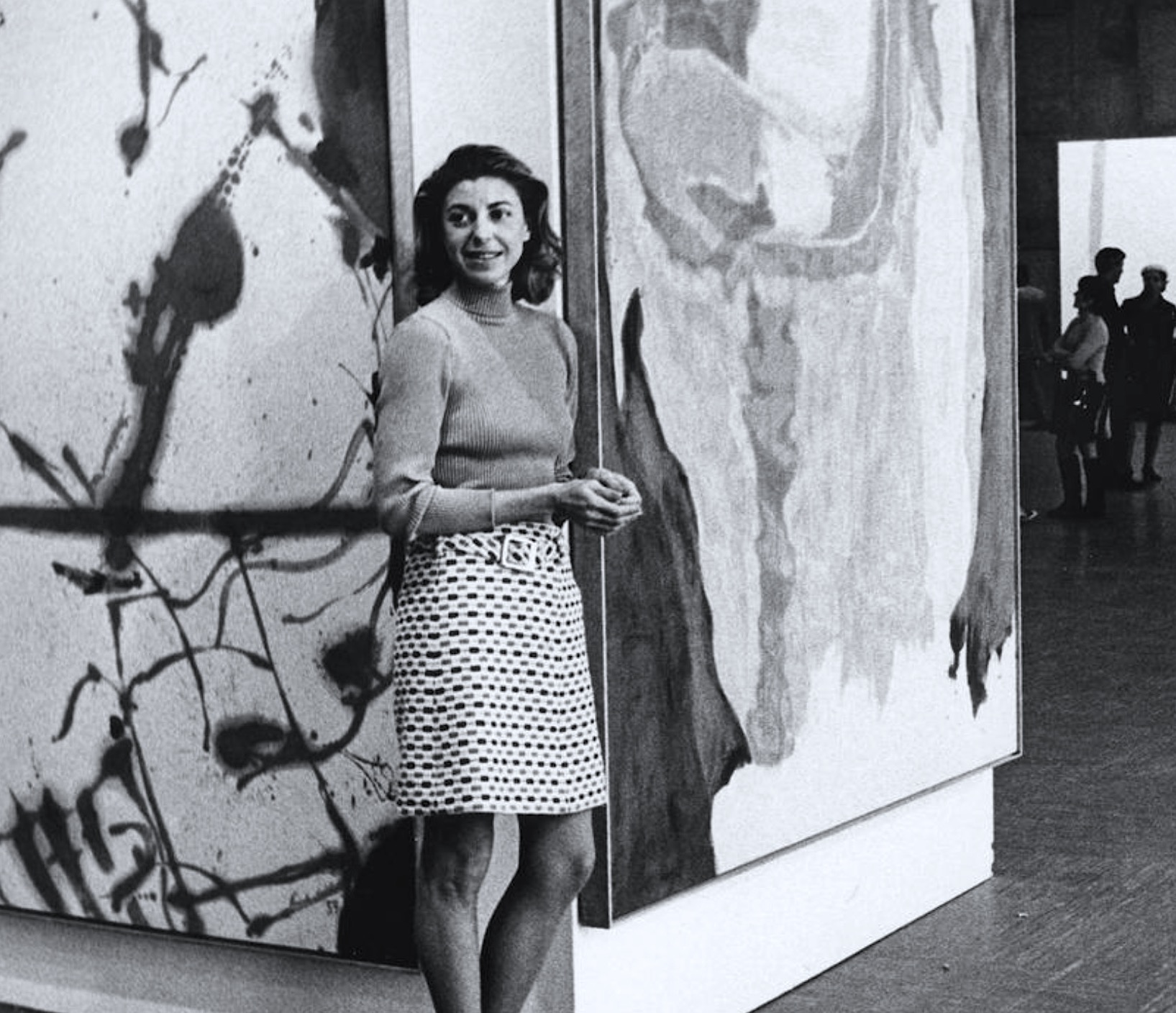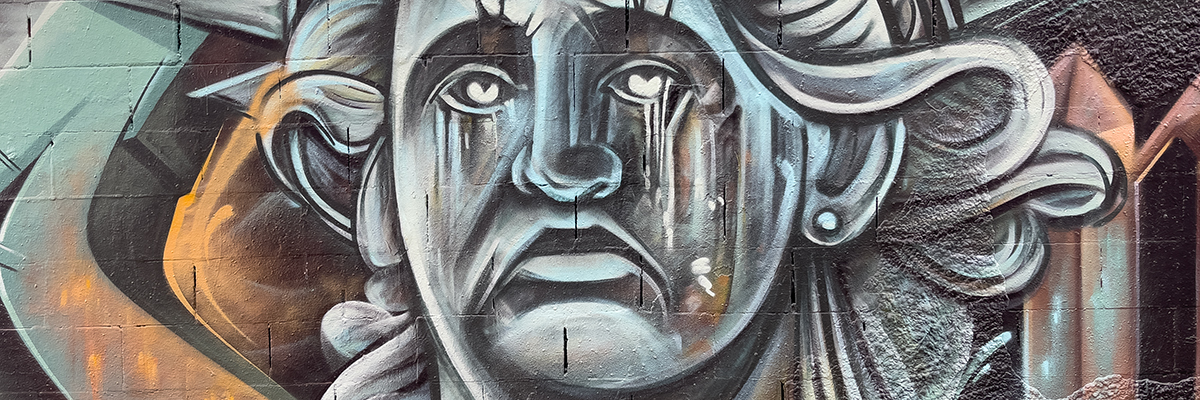Habito/Habitante
1982 - Performance (Performance)
260 x 145 cm
Martha Araújo
In Habito/Habitante , the suspended material renders the wall a prison and the participant a prisoner. The liberating impulsion releases the participant. The act of freeing oneself, of flying, and escaping from constraints is an action that is both extremely symbolically and physically significant. The sound produced by the Velcro upon the detachment of the material from the wall enhances this sense of release. The repetition of the same gesture during a performance gives the act a status of ritual, giving awareness to the power of the action. The work has a political and social meaning lies in the epoch within which it was created—the transitional period when Brazil became a democracy in the 1985 elections. The individual dimension of the liberating experience is thought as a moment of collective construction of a new political context. This work is a testimony and a witness to the emotions and the spirit of the state in this moment of profound political change that is inscribed in the physical and psychological body of an entire generation. Martha Araujo states: “For me these gests are the means to find ourselves with ourselves, the others and the environment within which we live while liberating ourselves”.
Since the 1980s, Martha Araujo, (b. 1943 Maceio, Brazil) has explored the physical and psychology limits of the body. She has explored space, the body and mind by asking spectators to use objects and clothing that she produces and exhibits in exhibition spaces. Many of her works are related to her performing installations between 1982 and 1987 entitled “Habito / Habitante”. From a historical perspective, her approach relates to Helio Oïticica and Lygia Clark. Her work is now being reconsidered, like those of other artists from South America, thought to be an alternative to performative gestures in the United States and Europe. The use of the body is linked to African-Brazilian rituals, carnivals and especially to specific political contexts where the body is a means of resistance.
Colors:
Related works sharing similar palette

© » KADIST
Calderón & Piñeros (La Decanatura)
2018Calderón & Piñeros (La Decanatura) refer to Sólheimasandur as a work that tackles the issue of “the ruin as a tourist destination.” As they say, “at the end, tourists become an essential part of this unusual, beautiful, and—at the same time—banal landscape.” The video features a plane wreck on Sólheimasandur beach in Iceland, where a navy plane belonging to the United States Army crashed in 1973 due to fuel exhaustion...

© » KADIST
Bahar Noorizadeh
2022The Red City of the Planet of Capitalism is part of a three project lineage, following Bahar Noorizadeh’s research on the architecture of the Soviet Union...

© » KADIST
Tacita Dean
2001The photographic quality of the film Baobab is not only the result of a highly sophisticated use of black and white and light, but also of the way in which each tree is characterized as an individual, creating in the end a series of portraits...

© » SLASH PARIS
Le Droit à l’oubli — Musée Transitoire #3 — Musée Transitoire — Exhibition — Slash Paris Login Newsletter Twitter Facebook Le Droit à l’oubli — Musée Transitoire #3 — Musée Transitoire — Exhibition — Slash Paris English Français Home Events Artists Venues Magazine Videos Back Previous Next Le Droit à l’oubli — Musée Transitoire #3 Exhibition Mixed media Jean-Charles de Quillacq, vue de l’exposition Le Droit à l’oubli, Musée Transitoire #3 © Musée Transitoire Le Droit à l’oubli Musée Transitoire #3 Ends in about 2 months: January 26 → March 30, 2024 Date de clôture provisoire Artistes : Bas Jan Ader, Mégane Brauer, Sarah Bucher, A...

© » KADIST
Bontaro Dokuyama
2015In Over There, Bontaro Dokuyama conducted a series of workshops with various people who had been forced to relocate in temporary housing after the Fukushima accident...

© » ARTEFUSE
Art Basel reveals 287 leading galleries and expanded city-wide program for its 2024 edition in Basel, Switzerland (News) - ArteFuse Art Basel reveals 287 leading galleries and expanded city-wide program for its 2024 edition in Basel, the first led by the show’s new Director Maike Cruse With 287 premier galleries from 40 countries and territories, Art Basel will once again bring together the international art world at its marquee fair in Basel, Switzerland...

© » KADIST
Laure Prouvost
2010In Stong Sory Vegetables , Laure Prouvost explains that she woke up one morning and that some vegetables had fallen from the sky on her bed, making a hole in her ceiling...

© » KADIST
Ciprian Muresan
2020Forgotten Statues , 2020 continues the artist’s reflections on power and the fragility of works of art...

© » KADIST
Kota Ezawa
2014Paint and Unpaint is an animation by Kota Ezawa based on a scene from a popular 1951 film by Hans Namuth featuring Jackson Pollock...

© » KADIST
Joanna Piotrowska
2015This selection of photographs taken between 2014 and 2019 focus on Piotrowska’s long-term preoccupation with issues of domesticity and containment...










